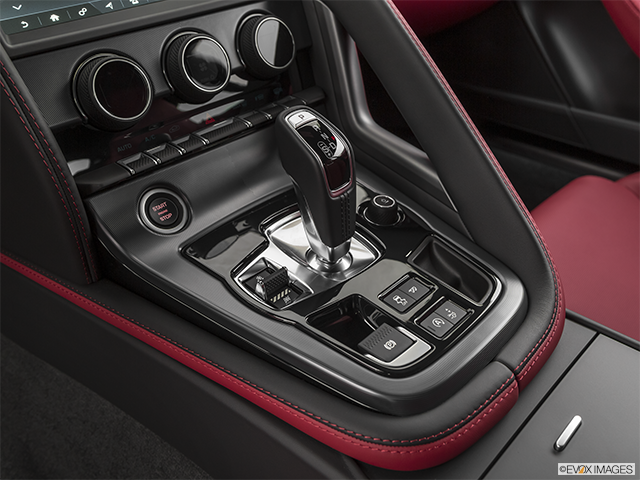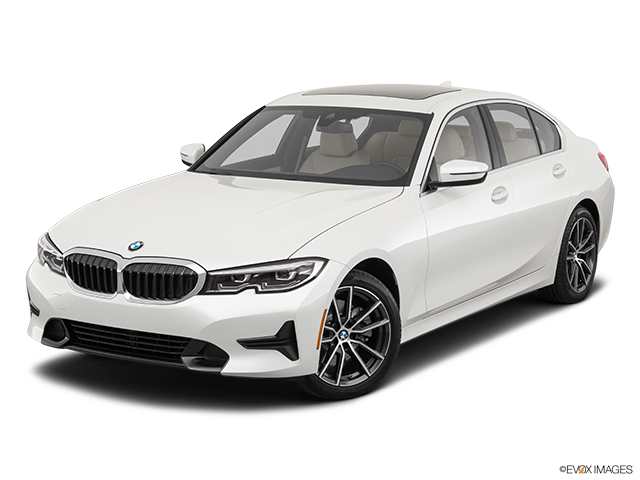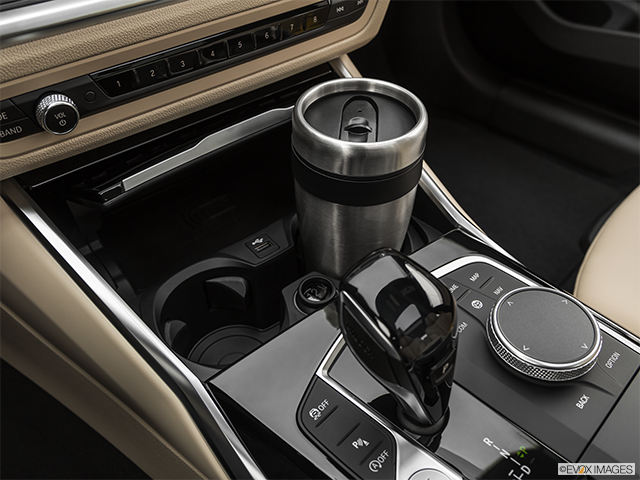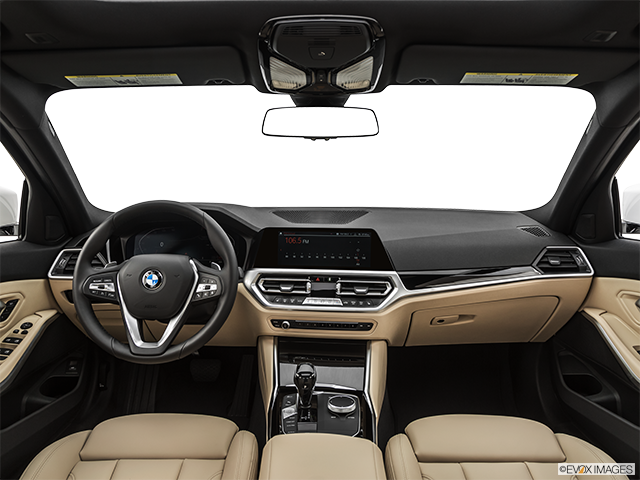Geo-targeting is a powerful tool for dealerships that are looking to expand their online outreach and target a specific area to boost sales and customer traffic.
Some consumers understand that the ads that appear in websites might be tied to their previous shopping history or interests. Embedded cookies dropped by sites can track different data, and many online visitors often see a window that alerts them of the site’s intent to leave a trail of cookie crumbs. Sometimes sites also will ask to have access to a device’s location. Enabling location might provide a means for ads to be targeted through geo-targeting.
While cookies collect data, geotargeting pulls location from either cell towers or GPS. Geo-targeting can be extremely useful when companies want to target their ads to individuals in a specific geographic radius. An individual in Hawaii probably wouldn’t be interested in receiving ad information from a business in Wyoming, and that business in Wyoming would be wasting money throwing ads everywhere in cyberspace.
Geo-targeting allows businesses to reach the appropriate customer base. This is incredibly important for businesses like car dealerships that mostly generate business locally.
In 2010, Consumer Reports asked the question: “How far would you drive for the best deal?” The survey was geared to car shoppers. So how far would someone drive for the best car deal? The survey found that most people were willing to travel about 55 miles (so about an hour, or a little less). However, 14 percent said that they wouldn’t drive beyond 20 miles. And about 15 percent would travel 100-124 miles for the better deal. Fewer than 10 percent of those polled, though, would venture 200+ miles for that perfectly priced car.
While the survey results were more than a decade old, the distance that consumers would travel for ‘the best deal’ is of use to car dealerships who want to target their deals to the right audience. Using data from the survey, many dealerships might choose to reach out to audiences in a radius of about 100 miles.
Of course, many dealerships likely have their own compilation of data that help them target ad content to potential buyers. Perhaps they know that many of their customers are more local; small town dealerships, for example, may reach out to those living in nearby towns. To expand their outreach, they may cast a wider ad net.
Geo-Targeting vs. Geo-Fencing
In the world of online advertising, there are two major terms related to geographic intelligence that businesses should understand. Geo-targeting and Geo-fencing both target ad audiences in different ways. The Lyst explains that geotargeting uses location data but it also may pull in other user data, too, like interests or behaviors, but geo-fencing actually fences off an ad’s audience using IP addresses. This means that if the geographic fence was set within a specific geographic parameter, then IP addresses outside of this boundary wouldn’t be targeted. As The Lyst explains, geo-fencing can be incredibly targeted (a single neighborhood or complex, for example).
While car dealerships could use geo-fencing techniques to zero in on a specific audience, they most likely would benefit from geo-targeting. Many dealerships want to reach out to a wide audience. Geo-targeting allows for dealerships to place their ads in front of consumers in their geographic target that might have actively been searching for a car.
User Specific Ads and Where they Appear
Using geo-targeting methodologies, dealerships can customize ad content to individualized audiences. Perhaps ads to younger audiences include economy cars, or ads could be targeted with cars specific to the audience. If someone was searching for a sedan, dealerships may target specific models to those who would be most likely to buy them.
But where do consumers see these ads? Dealerships can place ads via different ad networks. Fundera recommends six places for businesses to place ads: Google, Bing, Facebook, Instagram, Linkedin and Twitter. Google is the prime location for ads, thanks to Google Adwords. Facebook, Instagram, Twitter and LinkedIn are the most popular social media networks. With so many users across these platforms, ads are guaranteed to be seen.
But will consumers click the ad? The click-through-rate (CTR) is an important component to any ad. While seeing an advertisement leaves an impression, clicking the ad and entering the business site is the ultimate next step in the buying process.
Getting Clicks
Geo-targeting will only get a business so far. The ad has to entice buyers to click and visit the site. This is where the power of the ad becomes essential. The content of the ad is just as important as where the ad is placed or how the ad is targeted.
So what are the most effective ads for dealerships? Adpearance published a guide for auto dealers last year with advice for Facebook ads. The guide recommends that ads can focus on a “Lead Generation objective” and link to a form for consumers to fill out their info (instead of linking to a particular product). The guide offers many other suggestions for targeting ads within Facebook.
Getting Active Online
Ads are important for dealerships to reach potential customers, but dealerships can’t forget about the power of social media engagement. A social media presence is an advertisement that can be ever-changing.
When businesses are active on social media, they can engage with customers. Posts don’t have to constantly promote sales; they also can update followers about special events, new car models or even just offer fun discussions and insights.
While the use of social media doesn’t have to be all business, businesses should be mindful about what they post. Anything too controversial might potentially alienate customers. But posts also can be used to find out what customers want and to gain insight about preferences. A dealership that wants to offer car sales online may reach out to followers to poll them about their interest in buying online.
Dealerships also can post pictures of inventory online or link to digital experiences (like a virtual showroom). Social media’s potential is almost limitless. And dealerships should take advantage of the opportunity to offer multiple outreach options to customers and followers.
Amplifying Web Presence
Clicking the ad may lead a consumer to a vehicle photo and description, a form requesting information or maybe just the dealership website. However, where that click leads also is an important component of the ad.
What are dealerships offering to consumers when they click? What is the visual appeal? An ad that links to details about a specific vehicle might offer photos. This is where dealerships may think about elevating the user experience. Instead of a few photos, can the dealership provide a slideshow? Perhaps the dealership offers a virtual experience that shows the car inside and out. Maybe visitors can interact with the vehicle in some way. Some virtual showrooms allow consumers to change the color of the automobile or switch out tire rims.
If the dealership offers exciting web experiences—like virtual showrooms—perhaps ads focus on these offerings. Ads could entice consumers to click to learn more about virtual showrooms or maybe about a new car model.
If the dealership’s website is flat and bland, will visitors stay to learn more? This could depend on the consumer. Many are on the hunt for the best deal, although they might not be willing to travel far for these deals.
Ads that emphasize special offers, deals, incentives and promotions should not make it difficult for consumers to learn more about these deals. Fine print is typical for many car deals, but if the dealership is offering an amazing sale or blowout deal, then the ad might direct potential buyers to the page with more details.
The ads that dealerships create to target customers can depend on their own offerings and sales. Many dealerships use carousel ads, but others might tailor ads for more specific content. Of course, the budget also affects the advertisements that a dealership places. Larger dealerships might have more ad dollars to spend, but smaller mom and pop dealerships might have very little to spend on advertising.
However, internet presence is important for many dealerships---big and small. Many consumers rely on the internet to make buying decisions and to hunt for the best deals. Dealerships want to capture buyers might focus ad revenue and their attention online.
To Target or Not to Target
As technology evolves, targeting advertisements via social networks and other digital platforms will likely become even more precise. While geo-targeting and geo-fencing allow dealerships and other businesses to set parameters on a target audience, the future may allow for ads to be directed individually. Many consumers already see this individualized targeting, and sometimes it can feel a little…scary. Cookies and other collected data learn buying habits, preferences and even interests.
Individualized ad profiles may become so user specific that dealerships might be able to target a specific car model, in a designated color with detailed features tailored to each buyer. For now, though, gaining ad clicks on the digital superhighway focuses on location intelligence and ensuring that the ads reach the consumers most likely to become buyers…and, for car dealerships, location may be everything.
DRIVING INNOVATION IN AUTOMOTIVE IMAGERY
The EVOX Images database features the most innovative packages of interior and exterior stills, 360º vehicle imagery, and VR experiences. At more than a million images strong, our team consistently raises the bar on industry standards, and offers an unmatched delivery schedule.
Complete. Easy. Powerful. EVOX.
SEARCH OUR BLOG














